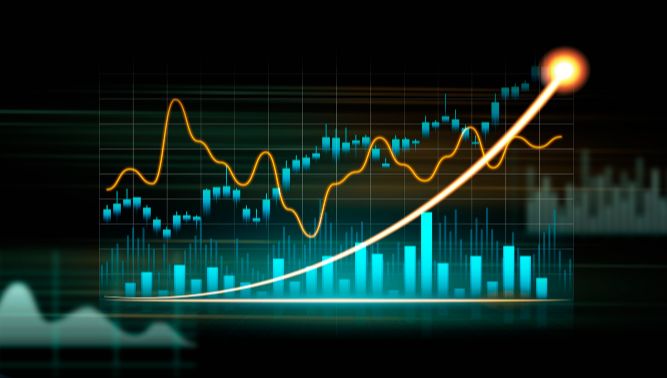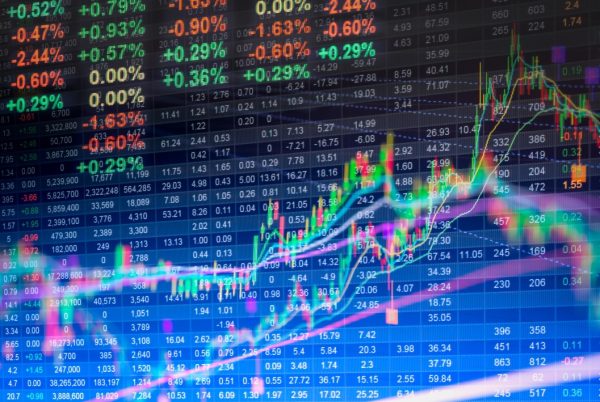John Ragard, CFA, Senior Portfolio Manager, Small Cap Growth
December 5, 2023
Mounting evidence strengthens our conviction that we are currently presented with an investment opportunity in small cap US equities, which seemingly occurs once in a span of decades. Valuation cycles for small cap stocks relative to large cap stocks typically run between 16 and 27 years. When comparing the Russell 2000 Index to the S&P 500 Index, it appears that we are near the bottom again. The last trough in small cap relative valuation was during the peak of the Dot-com bubble around 2000.
A research study conducted by George Mason University professor Derek Horstmeyer adds ammunition to the case when he analyzes which investments do best when interest rates peak and then plateau, the Federal Reserve’s “higher for longer” continued mantra. He analyzed six periods dating back to the 1970s when rates rose and then leveled for more than three months. During those periods, small cap stocks outperformed, followed by growth stocks (small cap growth anyone?). The average return was 27.6% during the first half of the peak period for the small cap cohort. This group was up in the second half of the peak period but only 3.6% on average, so, historically, it doesn’t seem advantageous to wait to invest in small cap.
Another interesting recent analysis from Furey Research Partners analyzes the historic concentration of value in the top five largest market capitalization stocks. The analysis is very enlightening as it relates to the turn in the relative valuation of small cap stocks compared to large. The five largest market capitalization stocks (Apple, Microsoft, Google, Amazon and Nvidia) now represent 24% of the market value of all stocks (Apple alone exceeds the value of the entire 2000 stocks in the Russell 2000 Index). Even at the peak of the Dot-com bubble, the top five only represented 18% of the entire market. One must go back to the Nifty Fifty peak of April 1973 to witness the same 24% concentration in the top five. Importantly, these three peaks in concentration coincided almost exactly with the troughs in small cap relative performance compared to large cap stocks. Pretty interesting.

Something else to consider. Between 1996 and 2019, the number of publicly traded stocks was nearly cut in half, declining from 8,090 to 4,266. The law of supply and demand has not disappeared, so when capital begins to shift from its overly-concentrated level in the very large cap names today, will there be enough attractive public companies to invest as a new cycle begins? More companies have recently chosen to stay private for various reasons, from the high cost associated with being public and the regulations such as Sarbanes Oxley to the massive pools of private equity that have been raised to invest in them (possibly another topic worthy of discussion at a future date).
Add to that the increasing insider buying activity by company managements and directors as well as the rising mergers and acquisitions in the small cap universe, and it seems that those with the deepest knowledge are finding the values compelling.
There are, of course, always concerns regarding small cap stocks, especially now with higher borrowing rates. Smaller companies have less access to capital and need more of it as they grow and increase profitability. it. Recession concerns also overhang small cap, as they typically underperform larger companies in an earnings recession.
Given the current market environment, we believe that is an opportune time for advisors to consider increasing their client’s allocation to small cap US equities and we look forward to seeing what happens in the new year.
The views expressed are those of Spouting Rock Asset Management (“SRAM”) platform, as of December 1, 2023, and are not intended as investment advice or recommendation. For informational purposes only. Investments are subject to market risk, including the loss of principal. Past performance does not guarantee future results. There can be no assurance that any SRAM strategy or investment will achieve its objectives or avoid substantial losses. There can be no assurances that any of the trends described will continue or will not reverse. Past events and trends do not imply, predict, or guarantee, and are not necessarily indicative of future events or results. Investors cannot invest directly in an index.





